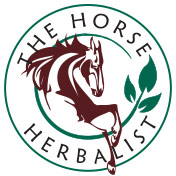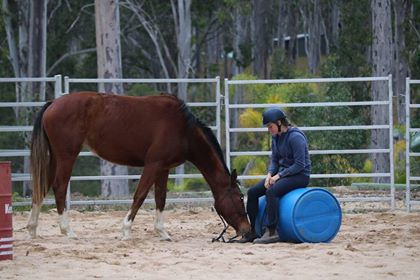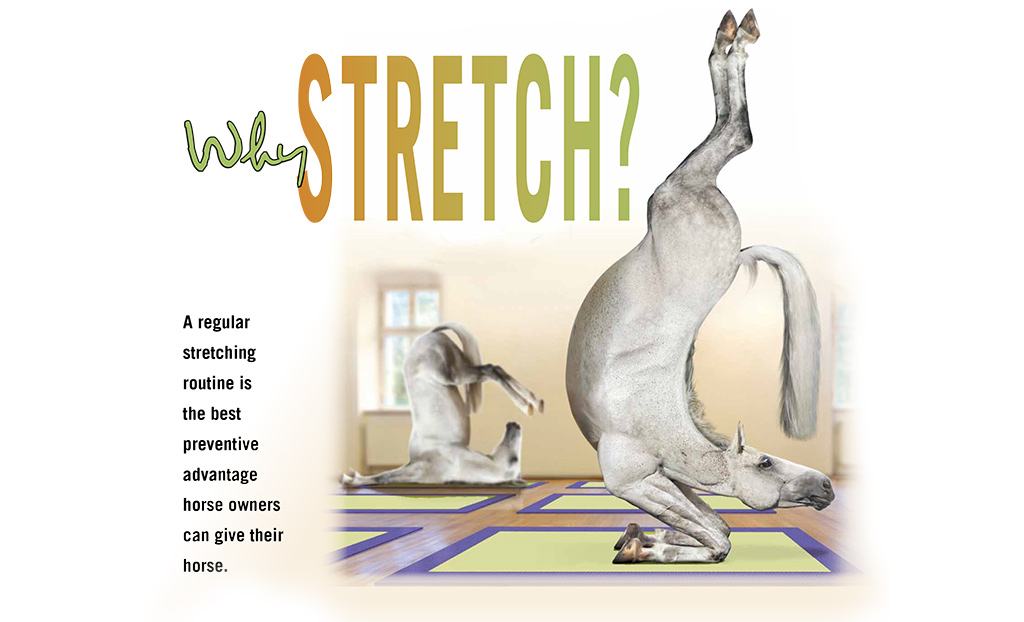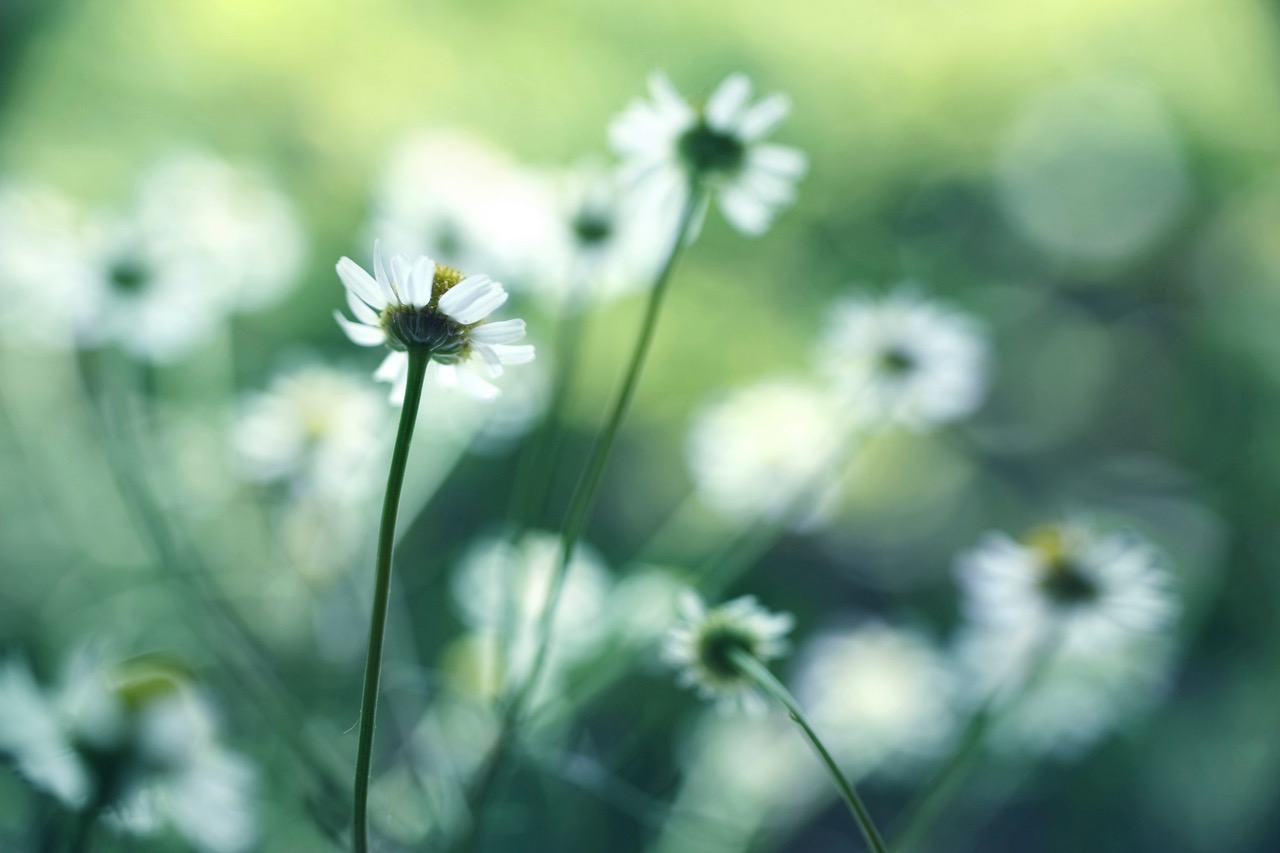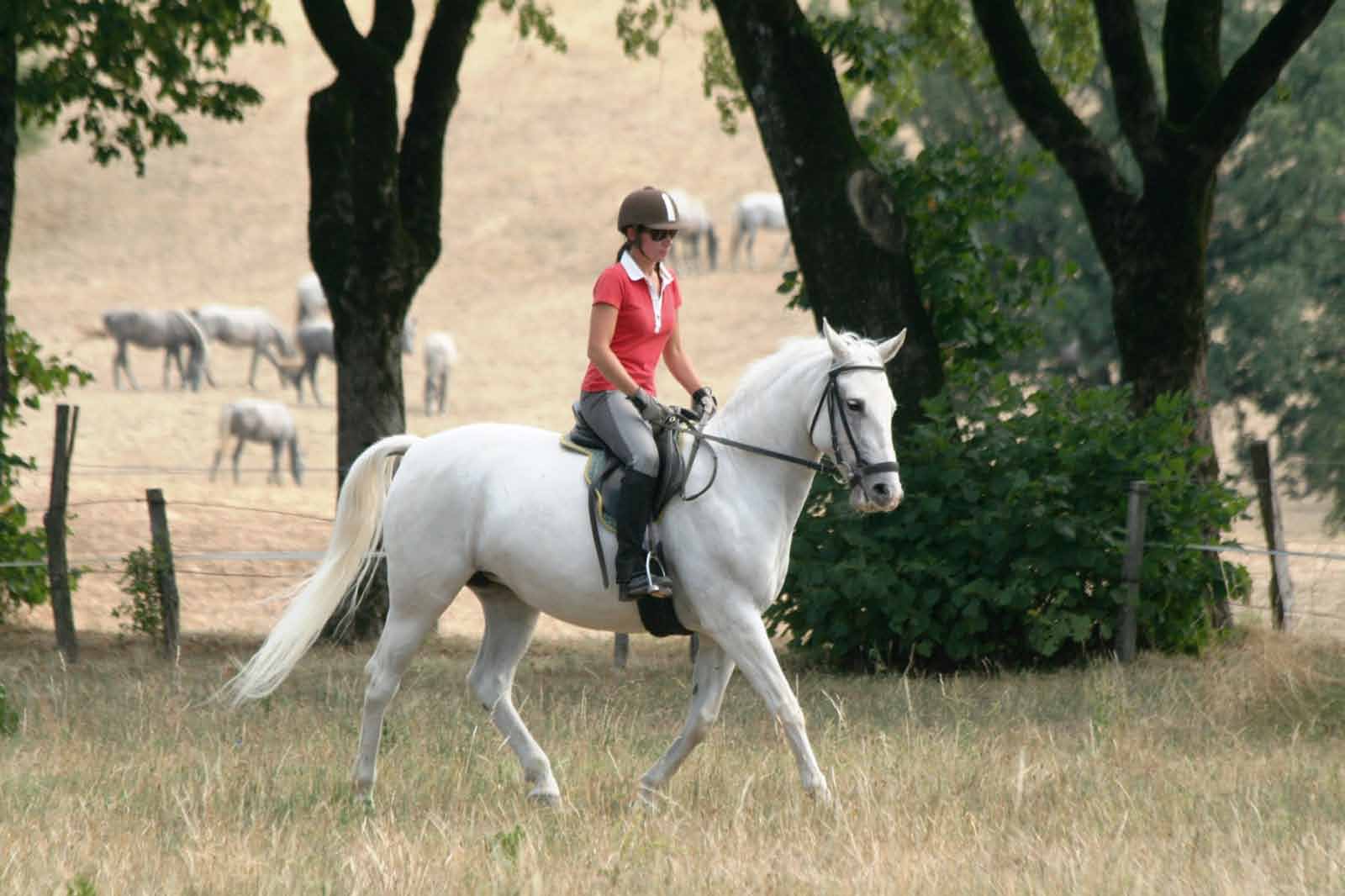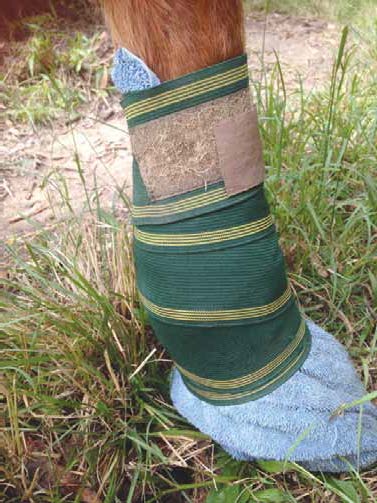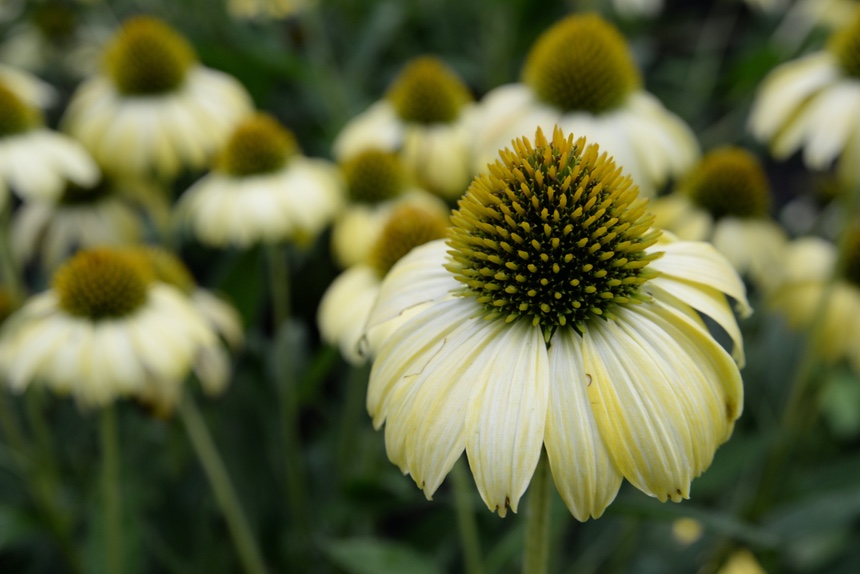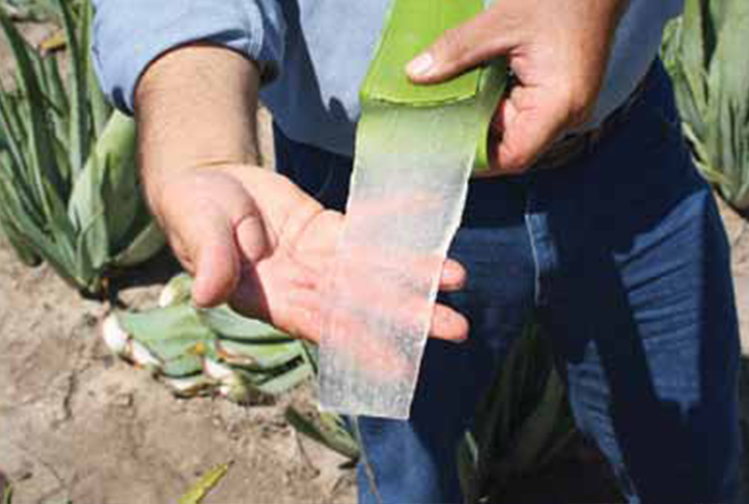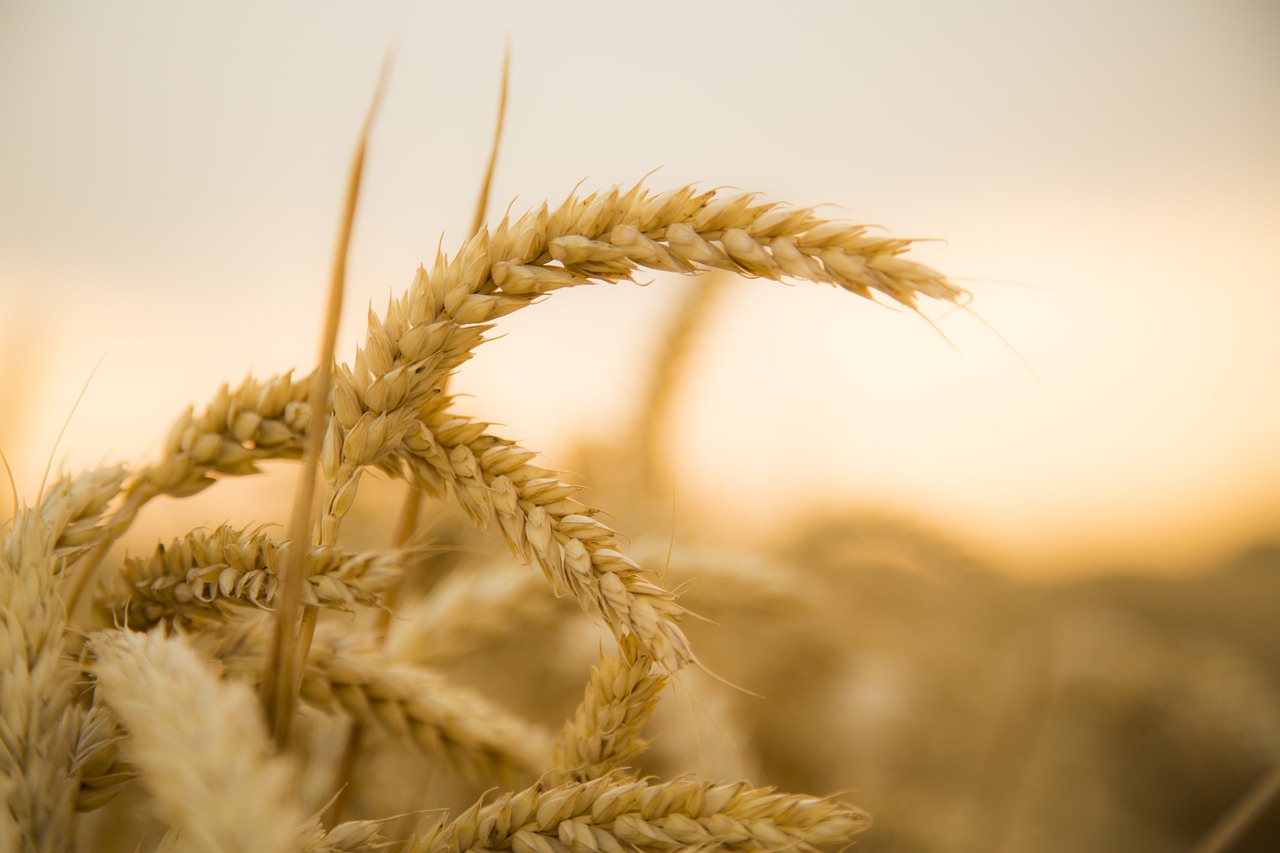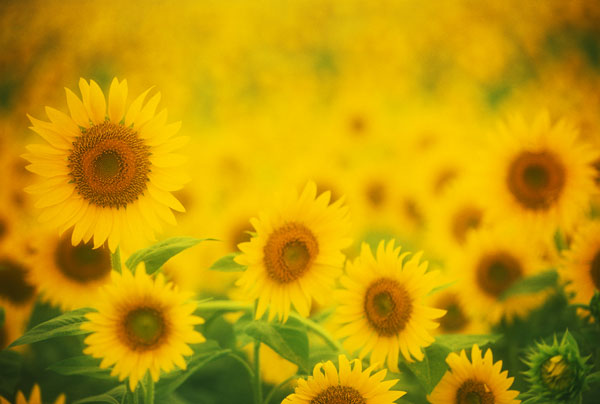Your cart is currently empty!
Trust Your Instincts: Chanel’s Story
Horses are emotional beings, just like us, and carry stress and trauma with them. This is the story of mother and daughter show jumping team Anita and Alison Ostenfeld, and their beautiful 2 ½ year old filly, Chanel. When they brought her home for the first time it was clear she hadn’t been handled much, but Anita and Alison worked on gaining her trust through groundwork and gentle handling. Then they found Chanel had run through an electric fence - no physical injuries, thank goodness, so all seemed well. A week later, Alison found Chanel away from her paddock mate seemingly frozen in a corner
